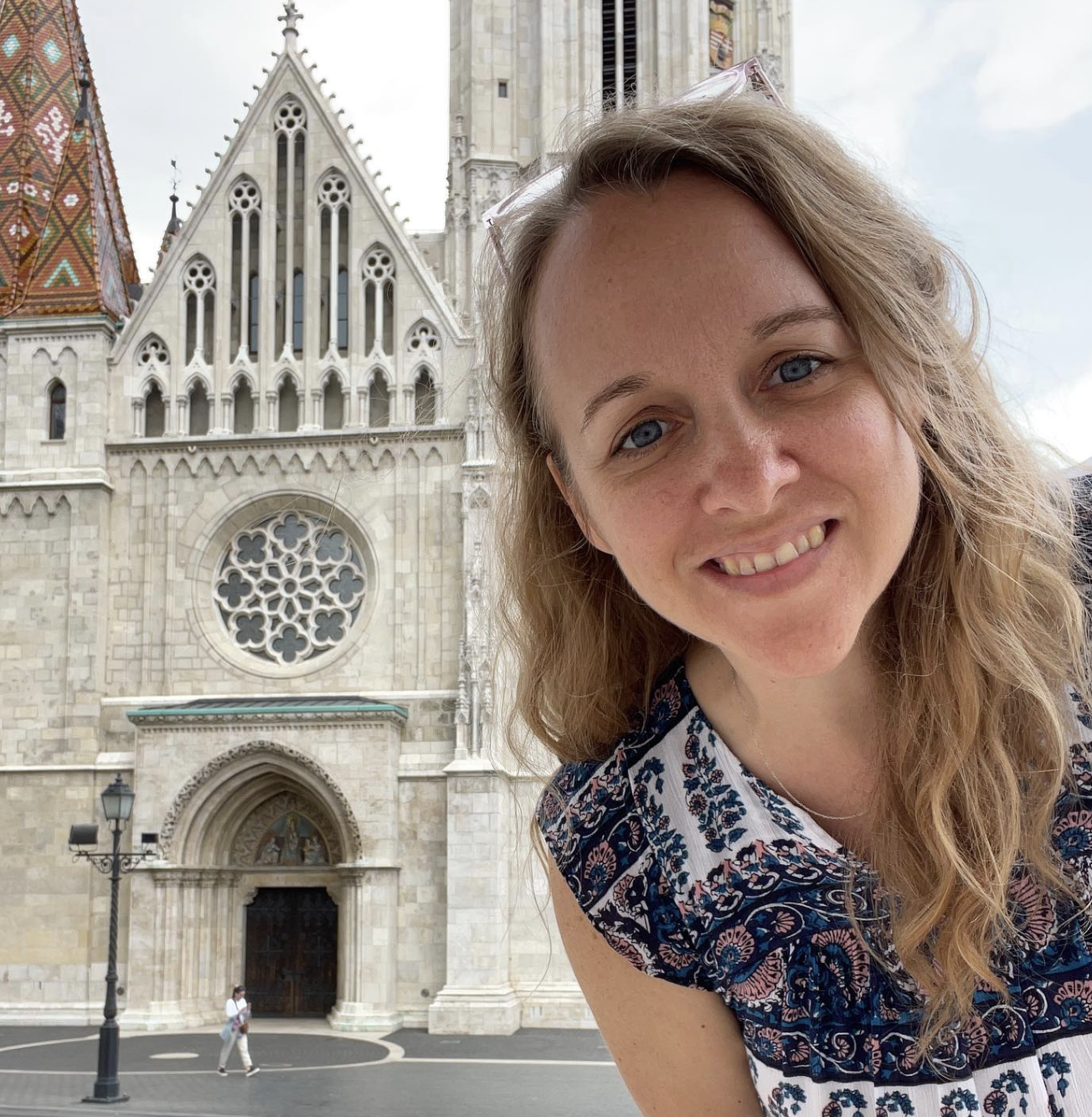Cybersecurity Innovation for Cyberinfrastructure (CICI)
PROGRAM SOLICITATION
NSF 15-549
NSF Logo
National Science Foundation
Directorate for Computer & Information Science & Engineering
Division of Advanced Cyberinfrastructure
Full Proposal Deadline(s) (due by 5 p.m. proposer's local time):
June 02, 2015
 Submitted by Frankie King on March 4th, 2015
Submitted by Frankie King on March 4th, 2015
Announcement
ESWeek 2015 - Call for Workshop Proposals
CALL FOR WORKSHOP PROPOSALS
Embedded Systems Week (ESWEEK)
October 4-9 2015, Amsterdam, The Netherlands http://www.esweek.org
Embedded Systems Week is the premier and exciting event covering all aspects of embedded systems and software. By bringing together three leading conferences (CASES, CODES+ISSS, and EMSOFT), symposium
(ESTIMedia), and several workshops and tutorials, ESWEEK allows attendees to benefit from a wide range of topics covering the state of the art in embedded systems research and development.
Submitted by Anonymous on February 5th, 2015
The Intelligent Transportation Systems Joint Program Office's (ITS-JPO) posted a solicitation for Phase I, Concept Deveopment, of the Connected Vehicle (CV) Pilot Deployments. The objective of Phase I is to develop a CV Pilot Deployment concept, build partnerships among stakeholders, and prepare a comprehensive pilot deployment plan that reduces technical, institutional and financial risk.
 Submitted by david kuehn on February 3rd, 2015
Submitted by david kuehn on February 3rd, 2015
Event
SpringSim'15
The 2015 Spring Simulation Multi-Conference (SpringSim'15) is an annual conference sponsored by SCS which covers state-of-the-art developments in computer simulation technologies, as well as scientific, industrial, and business applications. With over 220 abstracts submitted up to date, keynotes, student activities, vendor and turorial trackls, SpringSim 2015 promises to be one of the most exciting events to attend in 2015.
The following symposia will take place at SpringSim 2015:
Submitted by Anonymous on October 24th, 2014
Announcement
ARPA-E TRANSNET RFI
The Advanced Research Projects Agency Energy (ARPA-E) is seeking researchers interested in partnering on “Traveler Response Architecture using Novel Signaling for Network Efficiency in Transportation” (TRANSNET). The overall objective of the TRANSNET program is to reduce energy use in a multi-modal, urban transportation network through network control mechanisms employing personalized signaling. More information is located under RFI-0000013 located at https://arpa-e-foa.energy.gov/.
 Submitted by david kuehn on October 22nd, 2014
Submitted by david kuehn on October 22nd, 2014
Announcement
NEW NSF CPS/SaTC INITIATIVE (SOLICITATION) - 2014
The National Science Foundation’s (NSF) Directorate for Computer and Information Science and Engineering (CISE) and Intel Labs recently announced a new partnership to support novel, transformative, multidisciplinary approaches that address the problem of securing current and emerging cyber-physical systems, the infrastructures they form, and those integrated with them.
 Submitted by Frankie King on June 7th, 2014
Submitted by Frankie King on June 7th, 2014
Cyber Physical Systems: From Theory to Practice
http://www.crcpress.com/
Submitted by Anonymous on May 19th, 2014
 Submitted by Katie Dey on August 28th, 2015
Submitted by Katie Dey on August 28th, 2015